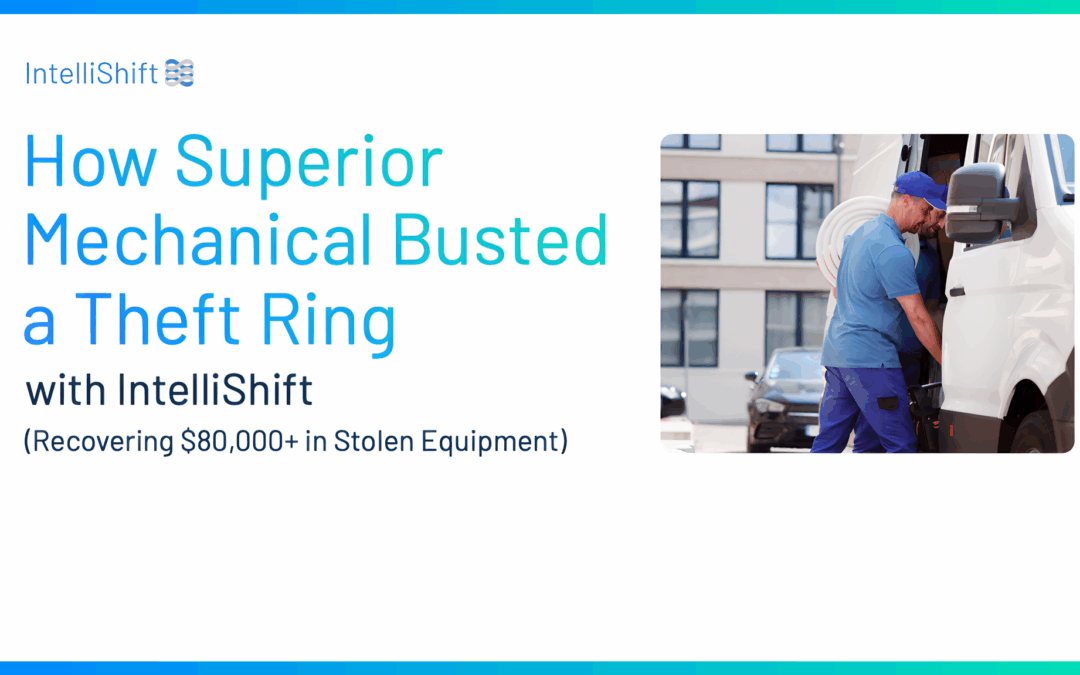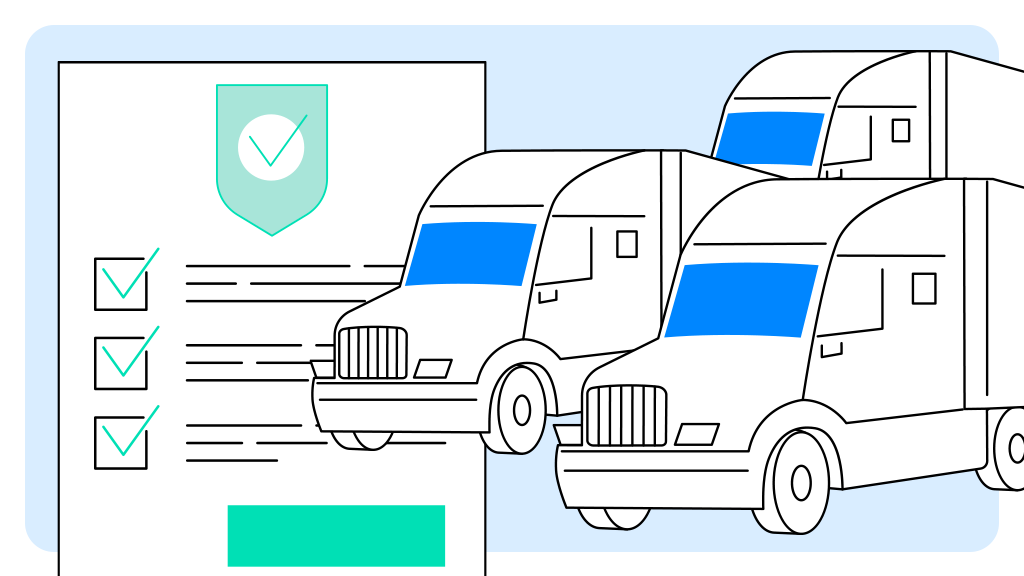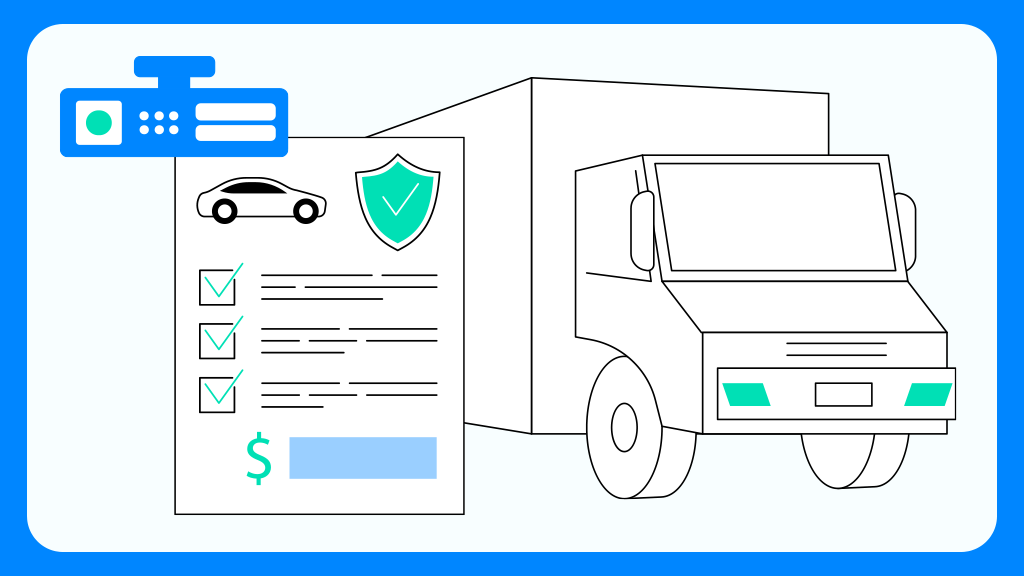It’s no secret: the fleet workforce is aging fast, and the next generation isn’t exactly lining up to take the keys.
Boomers are retiring. Gen X is stretched thin. Millennials are moving into leadership. And Gen Z? For a lot of fleets, they’re still a no-show.
You’re not alone if you’re already feeling the pinch of too many open roles, whether drivers, technicians, dispatchers, or front office. This isn’t only a driver shortage anymore. It’s a talent pipeline crisis across the board. And solving it means thinking differently about who you’re hiring and how you’re doing it.
So why isn’t Gen Z showing up for fleet jobs?
Gen Z includes those born between 1997 and 2012, which means many are already in their mid to late 20s and fully in the workforce, or looking for the right entry point.
More importantly: What can you do about it?
Let’s break it down.
Gen Z currently makes up just 7.5% of truck drivers in the U.S., despite comprising a growing portion of the overall workforce. With Gen Z projected to account for 30% of the U.S. workforce by 2030, ignoring this group isn’t just risky, it’s unsustainable.
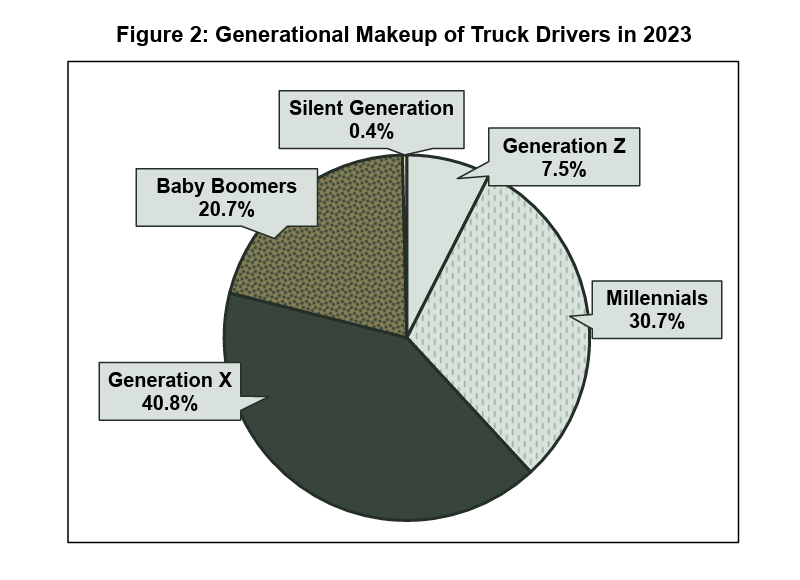
(Image Source: ARTI)
Problem: The Fleet Industry Has a Generational Gap
If it feels like most of your team is 45 and older, that’s because… they are.
According to the U.S. Department of Transportation, Gen Z is significantly underrepresented across the transportation sector, including both CDL and non-CDL roles. While demand for talent is rising, the youngest generation of workers isn’t entering the field at the rate needed to replace outgoing workers.
And this is a big deal. Whether you’re managing construction vehicles, utility fleets, last-mile delivery vans, or field service trucks, every asset still needs a human behind the wheel or behind the scenes. AI isn’t going to fill every gap.
The truth is that most fleets weren’t built to attract 20-somethings. But the ones that adapt now will win the talent game for years to come.
Why Gen Z Isn’t Joining the Fleet Workforce
Here’s what’s keeping the next generation from stepping into your fleet, and what you need to know to fix it.
1. They Don’t Know These Jobs Exist
Let’s be real. How many high schoolers can tell you what telematics is, or what a dispatcher or front office assistant even does? Have they ever heard of a yard jockey?
Fleet jobs often fly under the radar for Gen Z because there’s no clear path from school to industry. Yet programs that do reach Gen Z are proving effective. For example, at a CDL academy in Texas, 45% of recent graduates were Gen Z, a clear sign that interest is there when the opportunity is visible.
Unless you’re showing up in the places young people look for careers, like trade schools, community events, and yes, social media, you’re invisible.
Many Gen Z workers don’t even know they’re eligible for the roles you’re hiring for. Especially if you’re not offering CDL sponsorship, entry-level roles, or clear internal training tracks.
2. They Want Balance, Not Burnout
Gen Z puts a premium on work-life balance, mental health, and flexibility. If your job listing reads like a lifetime commitment to long shifts, nights away from home, and limited PTO, you’ve already lost them.
Even in demanding industries like construction or field service, flexibility doesn’t have to mean remote work. It could mean creative shift schedules, local-only routes, or time-off policies that support real life.
They are not afraid of hard work. They just don’t want to waste time doing it inefficiently. Outdated scheduling, redundant paperwork, or being treated like a cog in the system? That’s what sends them running.
3. Your Fleet Looks (and Feels) Outdated
Gen Z grew up on smartphones and social feeds. If your onboarding still involves clipboards and fax machines, or your trucks are loaded with tech but your team doesn’t know how to use it, you’re sending the wrong signal.
They expect digital tools that make their jobs easier, not harder. Fleets that lean into automation, mobile apps, and real-time data aren’t just more efficient, they’re more attractive to younger workers.
4. Your Messaging Isn’t Speaking Their Language
Job boards and stiff recruiting videos won’t cut it. Gen Z wants to work for companies with purpose, values, and a voice that feels human. They also want to see people like them in the workplace, especially in leadership.
If your job ads focus only on experience, loyalty, and “hard work” without talking about growth, culture, or impact, they’ll scroll right by. If your career site is built for desktop and your application takes 30 minutes, good luck.

How to Attract Gen Z For Your Fleet
We know change isn’t easy, and no one is saying it should be. But if fleets want to stay competitive, the way we recruit and retain talent has to evolve. That doesn’t mean lowering your standards. It means showing Gen Z why this job is worth sticking around for.
The next generation of talent isn’t going to apply just because you posted a job. They’re not scrolling Indeed hoping for a company with a decent PTO policy. Gen Z wants to work somewhere modern, flexible, and meaningful, and they can sniff out stale, outdated messaging from a mile away.
If you want them to choose your fleet, you’ll need to show them why your company isn’t just another stopgap job, but a place they can grow.
Lead with Purpose (and Proof)
Gen Z has a radar for companies that say the right thing but don’t live it. This generation grew up watching corporations get called out online, and they value transparency over polish. They want to know your company actually cares about more than just profit.
So don’t just say you care about safety or sustainability. Show what that looks like. Feature employees talking about how their work matters. Share how your tech reduces risk. Highlight wellness efforts and community support. Real stories beat buzzwords.
Offer Flexibility That’s Realistic
You don’t have to rewrite your entire operations playbook. Even minor, thoughtful tweaks like shift swaps or early clock-outs can show Gen Z that you respect their time without compromising your standards.
You don’t need to promise hybrid Fridays and unlimited PTO to win Gen Z. Most of them understand that fleet jobs require physical presence. But they want jobs that respect their time.
Offer split shifts. Let dispatchers work remotely one day a week. Give techs an early start option. Even unpaid personal days can make your company more livable. These aren’t perks, they’re expectations.
Modernize Your Tech Stack, And Make It a Selling Point
If your fleet is already using mobile inspections, telematics, or AI dash cams, lead with that. Gen Z has lived their whole lives with digital tools. They don’t want a job that takes them back in time.
More importantly, frame your tech as an enabler, not a tracker. "We use real-time GPS and diagnostics to keep you safer and reduce your paperwork" is a lot more appealing than "we monitor your performance."
Make Career Growth Tangible
Gen Z wants to see what’s next. Don’t just say "we promote from within."
- Share stories of techs becoming supervisors
- Highlight advancement paths on your careers page
- Create mentorship programs
Even if they don’t plan to stay forever, they want to know their first year with you will lead somewhere.
Gamify What You Can
This generation grew up on streaks, scoreboards, and status. So give them ways to track wins.
Create a safety leaderboard. Celebrate clean inspections. Offer small perks for milestones hit. It does not need to be fancy. Just make it visible, fair, and motivating.
Gamification isn’t about turning work into a game. It’s about making progress feel real.
Skip the Gimmicks, Get Mobile
You don’t need to crack Gen Z slang or launch a TikTok to recruit them. But your application process needs to work on a phone.
If it takes more than 5 minutes to apply, they’re gone. Ditch PDFs. Use text alerts. Write job listings that speak to values and growth, not just duties.
Mobile-friendly doesn’t mean trendy. It means frictionless.
How to Retain Gen Z Talent
Offer Mentorship Opportunities
Forget the stereotype that Gen Z won’t take advice. Many crave mentorship, especially from someone who understands the realities of the job.
Set up opt-in mentor programs that pair new hires with experienced teammates. Make it casual, supportive, and available in the first week. That connection can be the difference between a 90-day quit and a career-long teammate.
Listen, Then Act
Gen Z wants to be heard. They don’t expect to run the show; they just want to know someone’s listening.
Check in. Send short surveys. Ask what’s working and what’s not. Most importantly? Act on what you hear. If you’re not willing to change anything, don’t bother asking.
Show the Road Ahead
They'll find one somewhere else if they don’t see a future.
Build career ladders, even informal ones. Outline how a tech can become a lead. Show how ops roles can evolve. Offer cross-training and support certifications. Career pathing isn’t about locking people in; it’s about showing them what’s possible.
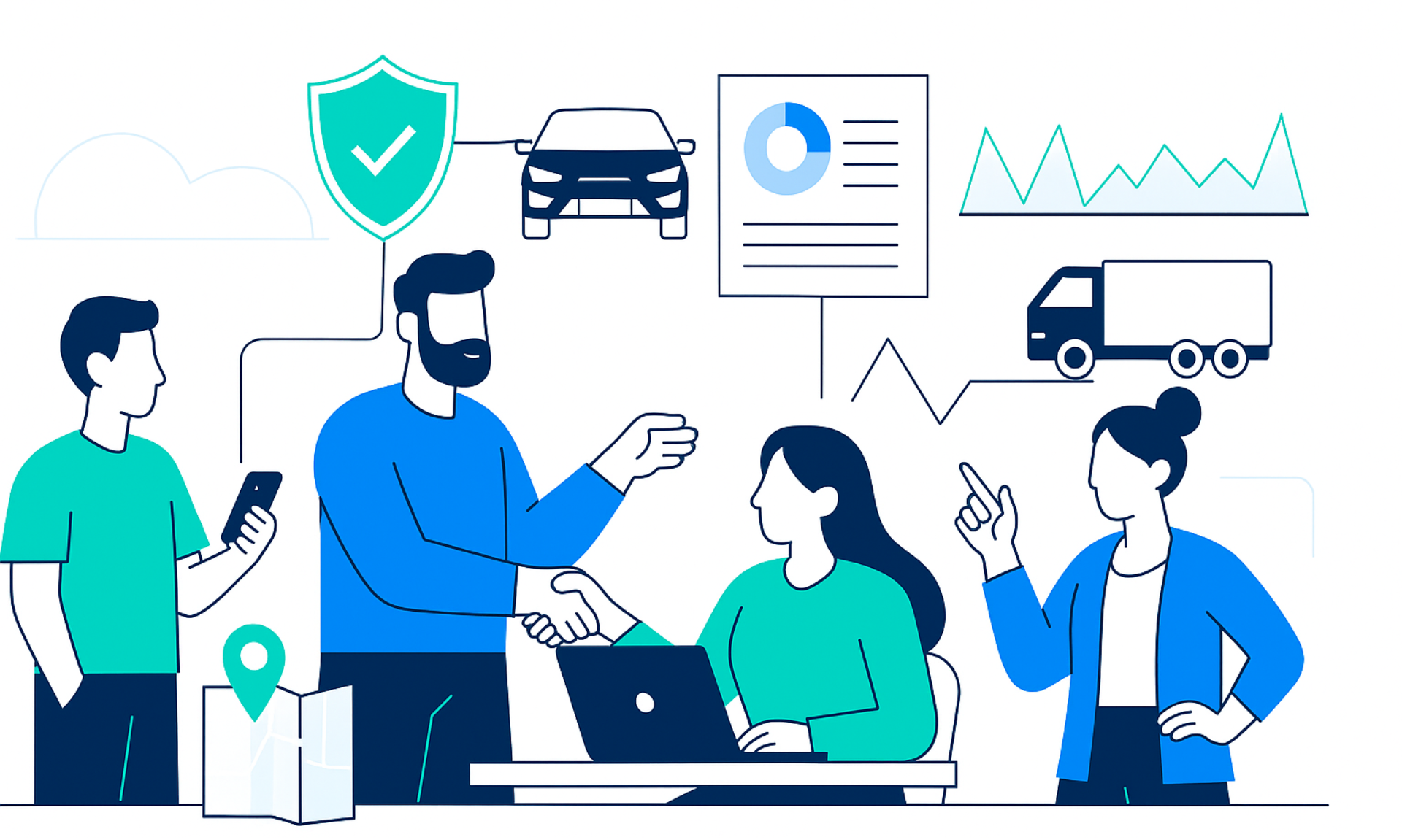
Modern Fleets Need Modern Hiring Strategies
Fleets that win in the next decade won’t just be the ones with the best tech or biggest budgets. They’ll be the ones who adapt how they hire and grow their people.
Gen Z is looking for purpose, growth, flexibility, and culture. If you can deliver that and prove it, you’ll gain more than just drivers or techs. You’ll gain long-term talent ready to move your fleet forward.
Ready to build a culture that Gen Z will love?
Start by prioritizing safety—grab our Safety Culture Evaluation Checklist and see exactly where your fleet stands.

![Episode 50 Thumbnail Erin celebrates building the fleet community with 50 episodes and 11K followers on LinkedIn [Podcast]](https://intellishift.com/wp-content/uploads/2025/07/gfx-blog_recruit-retain-new-drivers.png)


